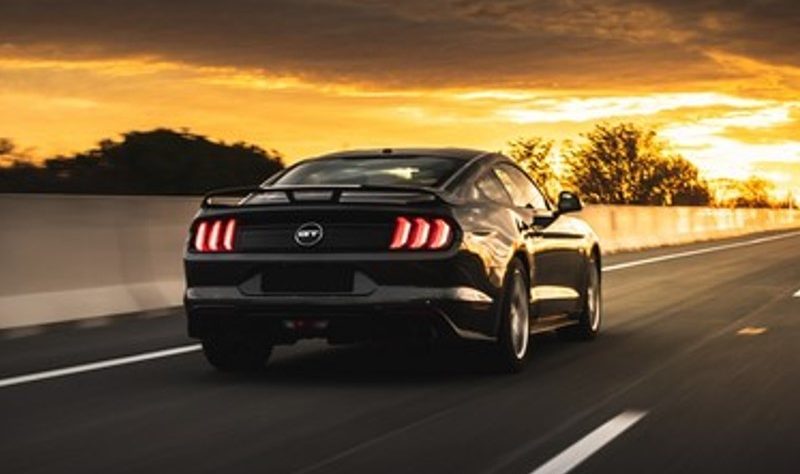Not a lot of elements in the world of vehicle design are as instantly recognizable and iconic as car taillights. Serving as a functional feature for safety and a stylish design statement at the same time, taillights have gone through an interesting evolution since they were introduced in the market for the first time.
From their humble beginnings as simple oil lamps to sleek and modern LED arrays, taillights have not only improved road visibility but have also become an essential part of the aesthetic identity of vehicles.
Table of Contents:
Quick History of Car Taillights
The history of taillights dates back to the later part of the 19th century when vehicles were still in their early days.
These lights were originally oil lamps mounted on the back of vehicles to signal their presence to other road users.
With the advancement of automotive technology, oil lamps were replaced by electric lights that provided brighter and more reliable illumination.
Function and Safety
The main role of car taillights is to ensure that vehicles are visible to other drivers, particularly during adverse weather or low-light conditions.
- As they help signal braking, turning, and reversing maneuvers, taillights play an important job in preventing accidents and ensuring complete safety on the road.
- After some time, advancements in lighting technology including the rise of halogen and LED bulbs have considerably improved the efficiency and brightness of taillights and also enhanced their benefits in terms of safety.
Design and Aesthetics
More than their functional role, taillights have also become an essential element of vehicle design. Car makers recognized the importance of taillights when it comes to the overall look and feel of automobiles.

As a result, they often use these lights as a blank canvas for creative expression. From minimalist sleek designs to futuristic bold shapes, taillights are now available in various styles to reflect the personality and branding of every car make and model.
Revolution of LED Lights
One of the most noteworthy advancements in taillight technology for the past few years is the introduction of LEDS or Light Emitting Diodes. LEDs offer numerous benefits over traditional incandescent bulbs.
These include higher energy efficiency, longer lifespan, and better flexibility in terms of design. LED taillights can also be arranged in intricate shapes and patterns to allow designers to come up with eye-catching lighting signatures that will set their vehicles apart from the rest.
Safety Innovations
Aside from improved visibility, modern car taillights are often equipped with advanced safety features to further increase driver awareness and accident prevention. Different technologies like adaptive lighting that can adjust the direction and brightness of the taillights depending on driving conditions, as well as dynamic turn signals that light up in sequence to indicate a change in direction, are becoming more and more common in newer modern cars.
The Bottom Line
From their unassuming beginnings in the form of simple lamps to their modern status as state-of-the-art safety features and chic design statements, car taillights already came a long way.









